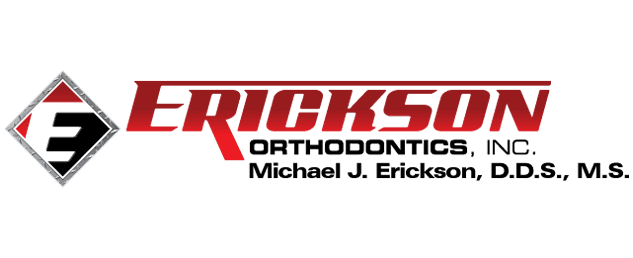Types Of Braces
Appliances come in two types: ones that are fixed, or don't come out, and ones the patient can take out. The kind the patients can take out are called "removable." The orthodontist selects either fixed or removable appliances based on an individual patient’s treatment needs and how much cooperation or compliance (following the orthodontist’s instructions) can be expected from the patient. Removable appliances are easier to keep clean, but can be lost or misplaced. Fixed appliances are worn all the time and are often indicated for problems that require a more aggressive or time-sensitive treatment. Patients who have trouble wearing removable appliances can often be treated with fixed appliances.
Fixed Appliances
Clear Braces
Q: What are the advantages of clear braces?
A: Clear braces are less noticeable than conventional stainless steel braces. Although they blend in very well with most people's teeth, they are not totally invisible.
Q: Who should get clear braces?
A: Anyone who would prefer the enhanced aesthetics clear braces offer over the more visible stainless steel braces. Improved aesthetics is the chief advantage of clear braces.
Q: Do clear braces cost more?
A: There is an additional charge for clear braces.
Q: Do clear braces discolor?
A: Under normal circumstances, no. Heavy smokers, coffee drinkers or patients partial to food that tend to stain teeth may require increased toothbrushing.
Q: Are clear braces more fragile than conventional braces?
A: No. For most part, they are every bit as strong as stainless steel braces.
Q: Do clear braces present any special oral hygiene concerns?
A: Regardless of what type of braces you choose, oral hygiene is of heightened concern, but clear braces present no special hygiene problems that stainless steel braces do not have.
Q: Are clear braces right for me?
A: Read the answers to the questions above and talk with us about any other questions you may have. After evaluating all the information, you will be informed enough to decide if clear braces are right for you.
Removable Appliances
Removable orthodontic appliances can have many shapes and appearances. “Retainers” are examples of one type. Retainers usually just hold teeth in their new positions after active orthodontic treatment (braces) is complete, but springs or elastics can be added to these types of appliances to move teeth. Expanders and tooth movers come in many shapes and forms. The orthodontist can prescribe and construct individual appliances suited to a patient’s individual and unique needs.
There are also removable orthopedic functional appliances that help correct growth discrepancies. Various types of headgears are also commonly used removable orthopedic correctors. Some, such as cervical pull or high pull, help to correct conditions when the lower jaw growth does not keep up with upper jaw growth, while other types- such as reverse pull headgear, face masks, and chin cups- help when upper jaw growth does not keep up with lower jaw growth.
Orthodontists select the type of appliance that suits each patient's needs from these and other appliances. As you can see, appliances can be as different as each patient seeking orthodontic treatment. You can trust your orthodontist to choose the appropriate appliance for your treatment because orthodontists have two-to-three academic years of university-based specialty training in orthodontics and dentofacial orthopedics.
